The Never Ending Cave
Friday, September 29, 2023
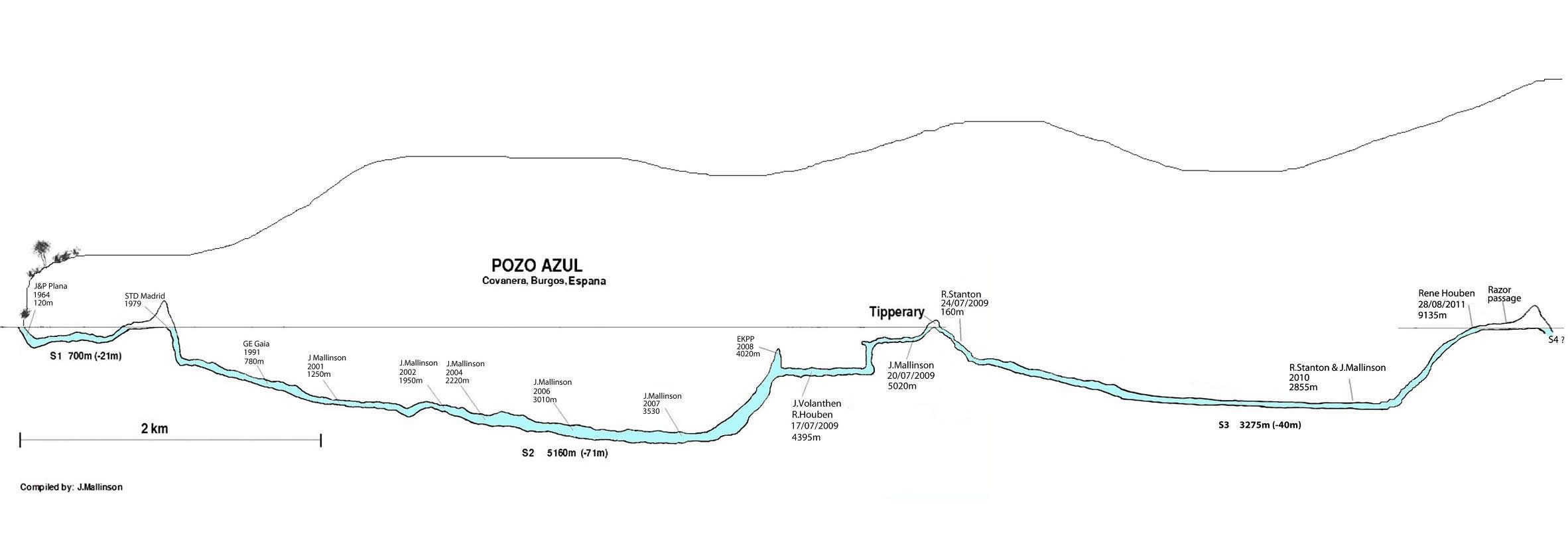
One of the best plans to enjoy free time is to make a getaway to the countryside. Contact with nature greatly reduces stress and anxiety, while strengthening the immune system and increasing self-esteem and the ability to concentrate. In Spain, there are many spots that stand out for their great beauty, and one of the most interesting is the Pozo Azul, a spring with turquoise blue waters.
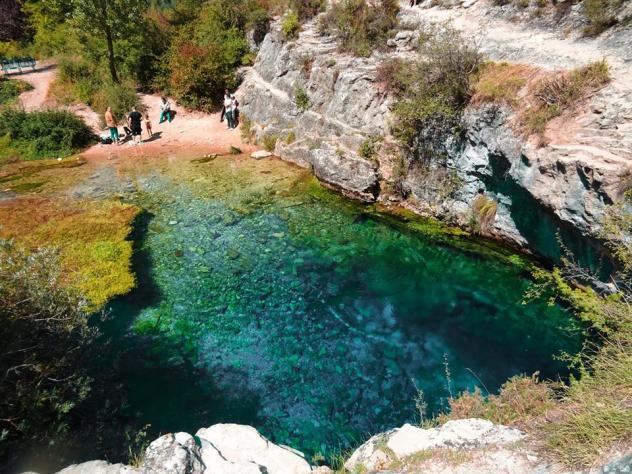
El Pozo Azul is located in the town of Covanera, in the province of Burgos, south of the Cantabrian Mountains. It is one of the main tourist attractions of the Rudrón Valley. The cave is submerged under the mountain, so it is a very popular place for cave divers from all over the world.
So far, 13 kilometres of the tunnel have been discovered, and experts believe (although they have not yet been able to prove it) that it is the longest underwater cave in all of Spain. It was in the middle of the 20th century when they began to explore the Pozo Azul.
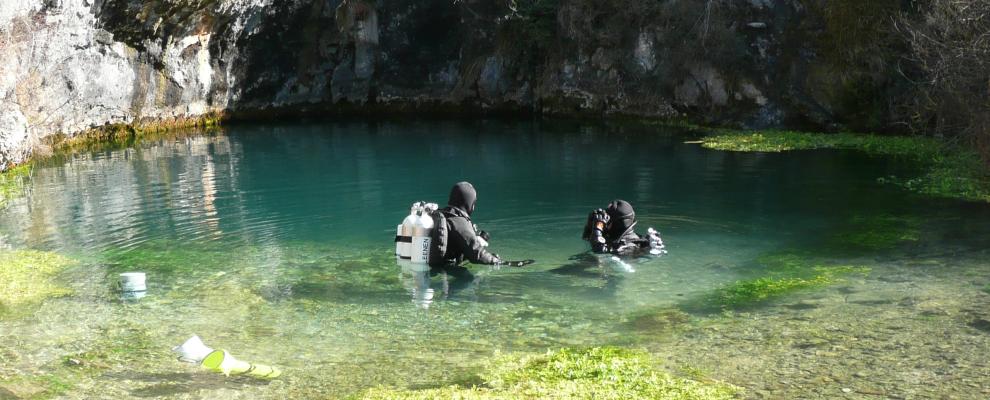
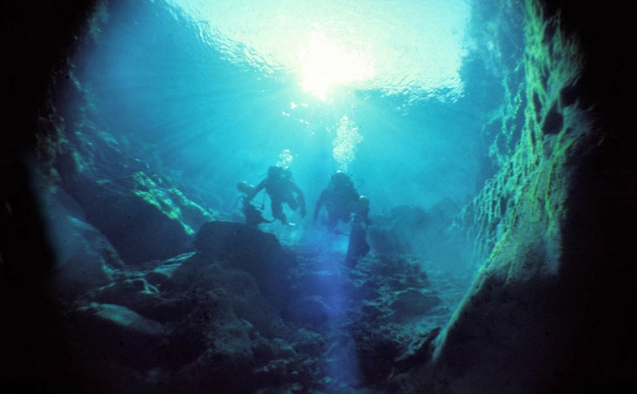
During the spring and summer months, many residents of the area and visitors take advantage of the cold and crystal clear waters of the Pozo Azul to cool off.
Especially noteworthy is the high quality of the waters, and a good example of its purity is the trout that live in the spring. The temperature of the waters does not vary throughout the year, and always ranges between nine and eleven degrees. So very refreshing!
Getting to the Pozo Azul is very simple since there is a route that starts from the town of Covanera. The spring has a diameter of eight meters and a depth of ten meters. In addition, it has several underwater caves whose access is reserved for cave diving professionals.
Another unusual thing about this place is the species of aquatic fauna that have been found since the mid-20th century, accredited by the National Museum of Natural Sciences in 1983.
Covanera is a small town in Burgos, with just 20 inhabitants, which belongs to the municipality of Tubilla del Agua. Its most important monument is the Church of Santa María.
Half an hour by car is Poza de la Sal, one of the most beautiful villages in Burgos. A visit to the Salinas Interpretation Center, which is located in the old Administration House of the Reales Salinas, is essential. It is also interesting to see the Castillo de Los Rojas and the Plaza Nueva.
 2
Like
Published at 9:46 PM Comments (0)
2
Like
Published at 9:46 PM Comments (0)
ASTURIAS – Arguably one of the best places to live in Spain
Friday, September 22, 2023
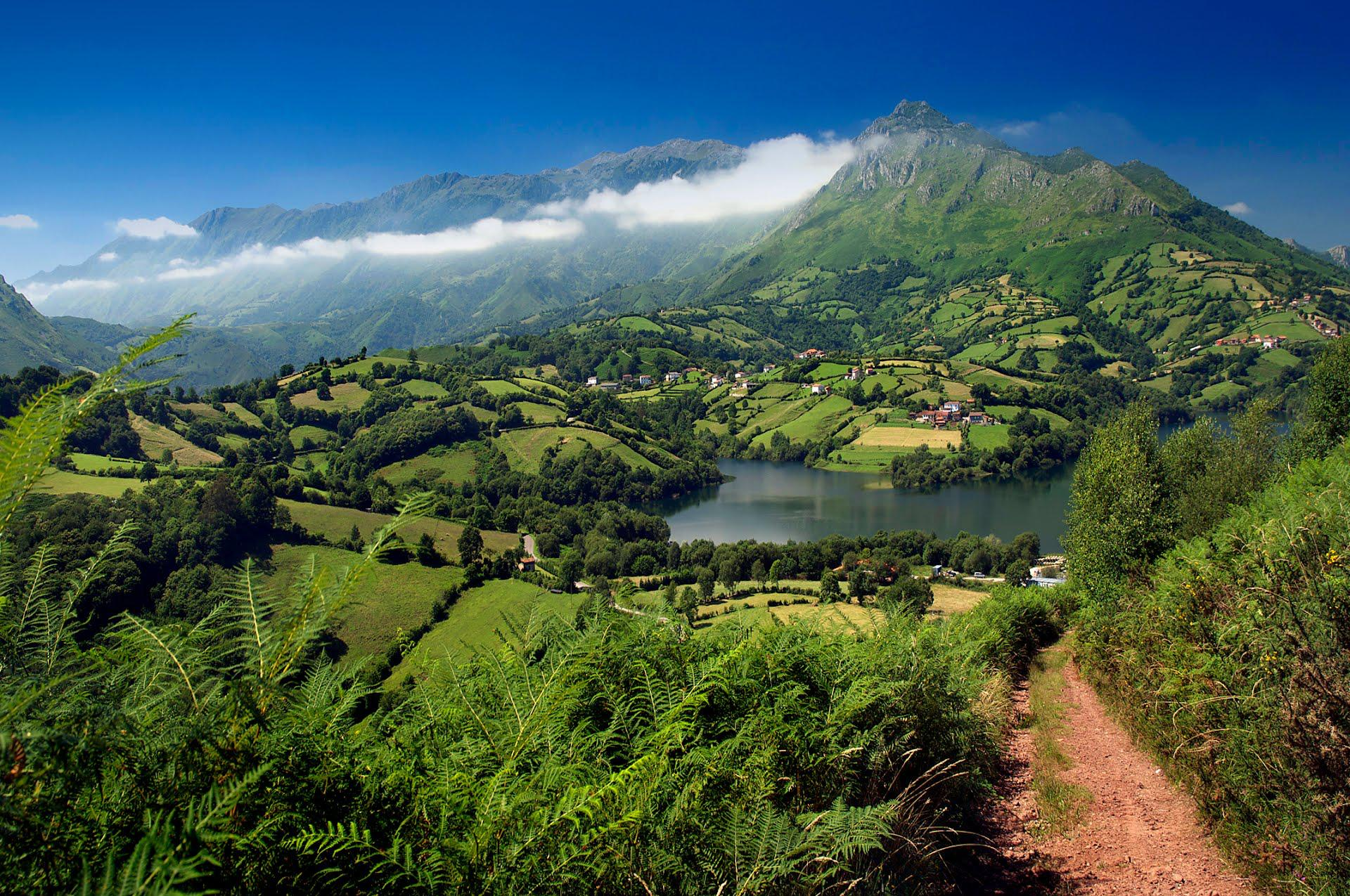
The Principality of Asturias is located in the North of Spain occupying a territory of 10,603 km2 and is home to 1,085,000 people. It is bordered on the West by Galicia, on the North by the Cantabrian Sea, on the East by Cantabria and to the South by the province of León. The capital is Oviedo, with Gijón being the largest city.
The international airport of Asturias is located in the locality of Santiago del Monte Castrillón which is at the center of the province and is only a 10 minutes drive by car from Avilés and 30 minutes from Oviedo and Gijón. Asturias also has the Morgal airfield in Llanera which is a few minutes’ drive from Oviedo.
There is an extensive rail network managed by FEVE at a regional and local level and RENFE providing national services. Currently an AVE high-speed train line is under construction which will reduce travel time between Asturias Madrid.
There are two main national motorways crossing the province and a wide and well maintained network of roads. You can cross Asturias from one extreme to another in a maximum of three hours.
The history of Asturias is linked to the symbol of the foundation and rebirth of the New Spain. This started when King Pelayo, who previously founded the Kingdom of Asturias, initiated the re-conquest of an occupied Spain by the Moorish by winning the Battle of Covadonga on the 28th of May, 722AD. It was for this reason and while Spain was been re-conquered that the territory of Asturias became the Kingdom of Asturias and Castilla and Leon.
Asturias is also at the origin of the “Santiago or Saint James Route“ thanks to King Alfonso II, King of Asturias and Galicia who was the first person to initiate the pilgrimage to Santiago from the city of Oviedo and was also the one who ordered the construction of a church in Compostela to protect the relics of the Apostle Santiago. This Route started in Oviedo and it is called “The Primitive Route”. Shortly afterwards, people from many other European towns started to make the pilgrimage to Santiago along with the old existing routes from Rome and Jerusalem.

Asturias became a Principality in 1388 due to the war of succession between Duchess Constance of Lancaster, wife of the Duke of Lancaster and daughter of Pedro I, the rightful heir and her uncle Enrique II who was the illegitimate son of the King and also the assassin of his brother Pedro I. The dispute was finally put to rest with the arranged marriage between the grandchild of Pedro I and Enrique II allowing Catalina of Lancaster and Enrique III to become the first Prince and Princess of Asturias. Since then, the first son of the King of Spain has both the title of heir to the Spanish throne and also serves as the Prince of Asturias.
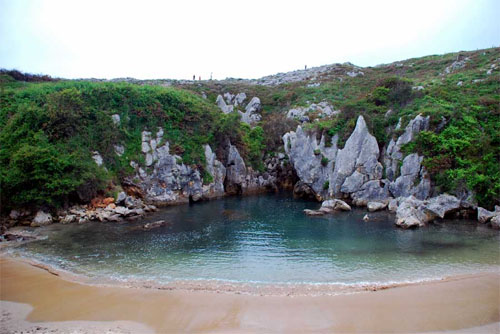 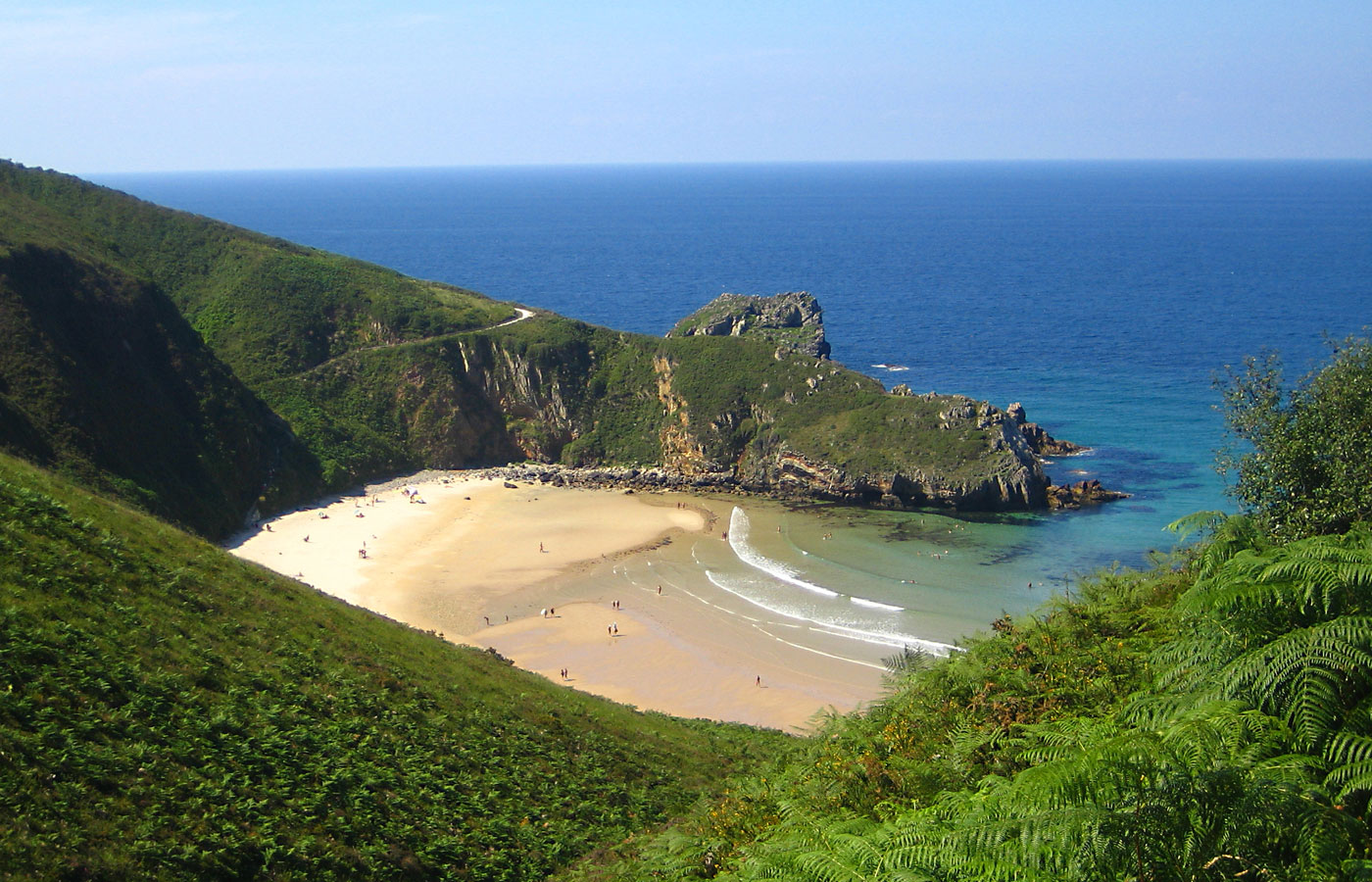
Prior to the first monarchs, Asturias was well populated and considered a desirable territory for many different cultures throughout the ages. It was conquered and fought over due to its geographical situation, the fertility of the land and especially for the richness of its natural resources, gold and other precious metals. The inhabitants of Asturias were called Astures but they had to coexist with other cultures passing through such as Iberians, Vascones, Celts and Romans among others. Going back even further in time, Asturias was home to early man and further again, the Jurassic period of which traces can still be seen in region today.

This varied history has left the region rich in culture and history you can even experience excellent examples of Dinosaur Traces, Palaeolithic Cave Paintings and Celtic Settlements. Also, you will find wonderful examples of Pre-Romanesque Art, Old Roman Routes and religious and civil architecture.
More recently, Asturias was an important location during the Industrial Revolution bringing wealth to the area and many large Industrial developments. Asturians who had once emigrated to the Americas returned, bringing with them the wonderful Indiano architecture and dotting the landscape with churches, large estates and palaces.
With its lush green lands and a vast coastline, Asturias is home to many farmers and fisherman with very distinctive ethnographic styles of classical and rural constructions, characteristic “Horreos” which are food stores and still practiced traditions.
As a consequence of this amazing environment of mountains, valleys, rivers, sea, fauna and flora, 40% of the territory is designated as natural reserve, the highest percentage of any European region. This makes Asturias ideal for all kinds of sporting activities including hiking, climbing, cycling, canoeing, MBT, surfing, skiing, fishing and hunting………. the list goes on.
Nowadays Asturias boasts modern and cosmopolitan cities and towns, Majestic Mountains, Natural Parks & Biosphere Reserves, Protected Coastal Landscapes and Natural Monuments, amazing Blue Flag Beaches, very welcoming people and plenty of activities to offer tourists.
Asturias doesn’t just live from tourism and services. It also has a large entrepreneurial and industrial sector dedicated to the agri-food industry, metal, chemical, glass and mining industries as well as renewable energies. It is dedicated to the development and use of clean energy with innovative projects in offshore wind energy and a centre of collection, treatment and disposal of waste, which is a leading environmental model in Spain.
95% of the population has access to high-speed broadband internet services which makes Asturias the Spanish region with the highest rate of broadband cable internet access.
It is also the province in Spain with the highest quality of public health care per capita, offering access to 21 hospitals of which 14 are public and 7 private, including the world-famous Ophthalmic Institute “Fernandez Vega”.
Add a large cultural infrastructure, excellent cuisine and the innate kindness of its inhabitants and you will understand why the quality of life in Asturias is arguably one of the best in Spain.
 1
Like
Published at 8:58 PM Comments (0)
1
Like
Published at 8:58 PM Comments (0)
Fiesta Santa Maria de Ribarteme : Near Death Experiences
Friday, September 15, 2023
Spain has an abundance of bizarre and wonderful festivals, from burning giant effigies and running with bulls to tomato or flour fights and jumping over newborn babies. None may be quite so strange, however, as the coffin procession, which is more commonly known as The Festival of Near Death Experiences or by its local name – the Fiestas de Santa Marta de Ribarteme.
The festival is held in the small village of As Nieves in the municipal of Pontevedra in Galicia and is held every year on July 29th, so not far away now. Galicia is Spain’s westernmost region, bordering Portugal to the south and the Atlantic Ocean to the west and the north. The festival is held here because it’s home to the Iglesia de Santa Marta de Ribarteme, the church dedicated to Saint Martha, the sister of Mary Magdalene.
During the event, people who have had near death experiences that year will travel to the village of As Nieves, along with their family and friends. Upon arrival, they will climb into coffins and pretend to be dead, while their family carries them through the streets, along with processions of mourners. People who have had no near death experiences in the family that year must carry empty coffins to show their respect. This strange parade of death-cheaters, families and mourners culminates at the cemetery of the Church of Santa Marta de Ribarteme, where prayers to the statue of Santa Marta begin. The pilgrims pray to the Saint, saying: ‘Virgin Santa Marta, star of the North, we bring you those who saw death’, after which they give thanks that their lives were saved and give a gift to the Saint, usually in the form of money.
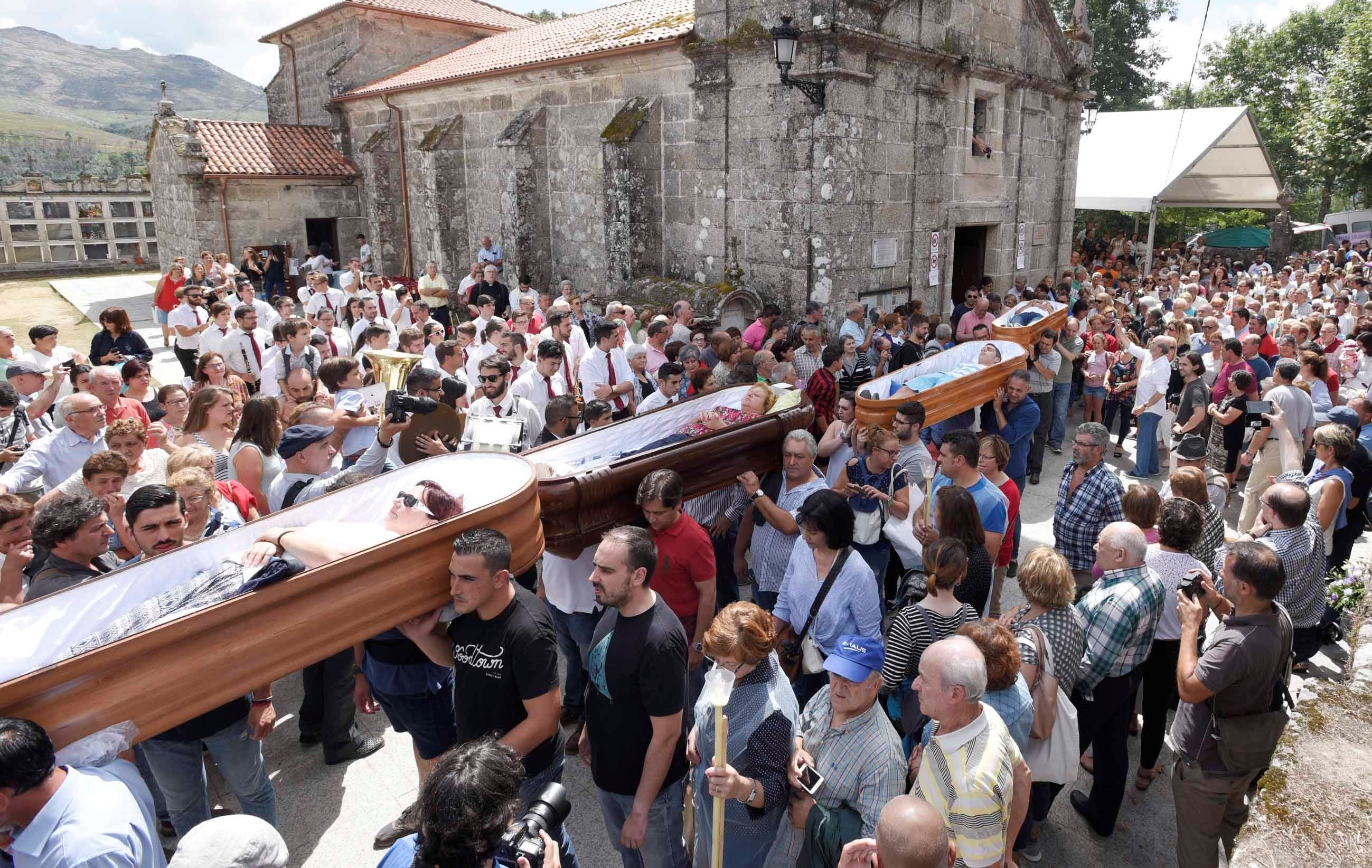
The festival ends as most Spanish festivals do, with lots of eating, drinking, dancing, music and fireworks. People gather round to here to revellers’ wild stories of how they cheated death, often with plenty of profanity thrown in, and begin to feast. One of the most typical dishes that will be served is Pulpo a Feira, Galician-style octopus, which is boiled, sprinkled with paprika and eaten on a thick wooden plate, often with potato slices at the bottom. There will also be lots of the local Albariño wine to sample, as well as many stalls selling religious icons and trinkets.

The festival has roots in both Christianity and paganism, and since many Spanish people are both religious and superstitious they have kept the tradition alive. They believe that it is important to thank the Saint for saving their lives and that she will keep them safe in the year to come. It’s also a great excuse for a party and to spend time with family and friends.
 1
Like
Published at 10:18 PM Comments (0)
1
Like
Published at 10:18 PM Comments (0)
Valencia: Europe's Rising Star
Friday, September 8, 2023
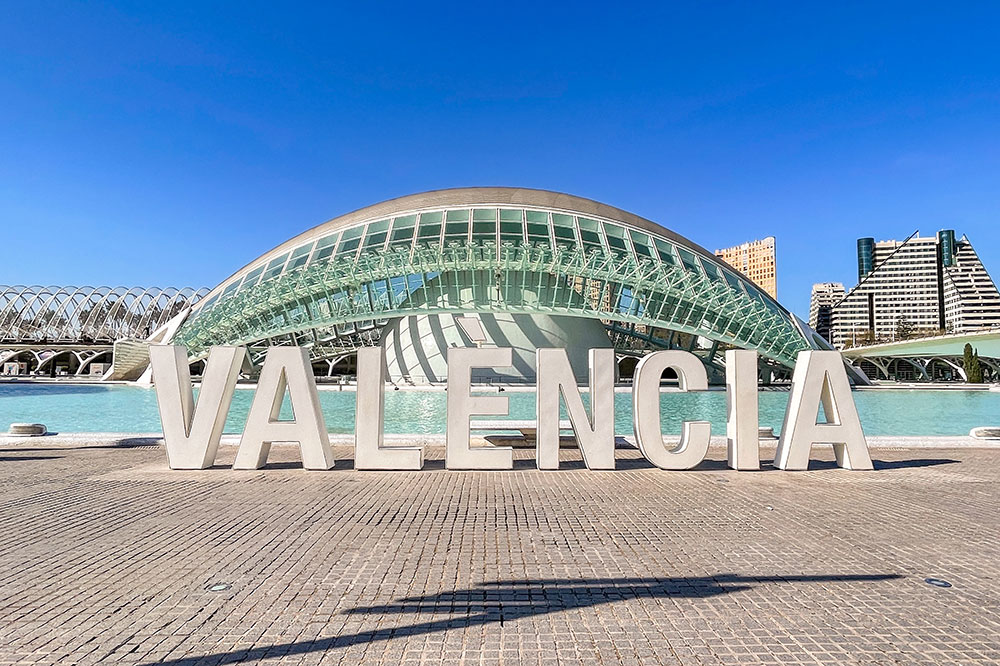
One city that has recently gained the spotlight for expatriates looking to transition into Europe is Valencia. Over the last decade and a half, Valencia, Spain's third-largest city, has metamorphosed remarkably, making it one of the most appealing places to reside in Europe. Valencia’s charm is undeniable, with its superb quality of life, vibrant culture, excellent infrastructure and commendable public services.
A City Reimagined
Valencia's journey began around 20 years ago, when city planners embarked on an ambitious program to reinvent the city. They skillfully managed to balance maintaining Valencia’s historical roots while embracing modernity. Coasts were cleaned up, historical monuments were preserved, parks were beautified, and old, run-down areas were regenerated, paving the way for a fresh, vibrant, and sustainable city.
An outstanding example of this transformation is the Turia Gardens, a park created on a dried-up river bed, now one of the largest urban parks in Spain, known for its vibrantly manicured gardens, sports facilities, and playgrounds.
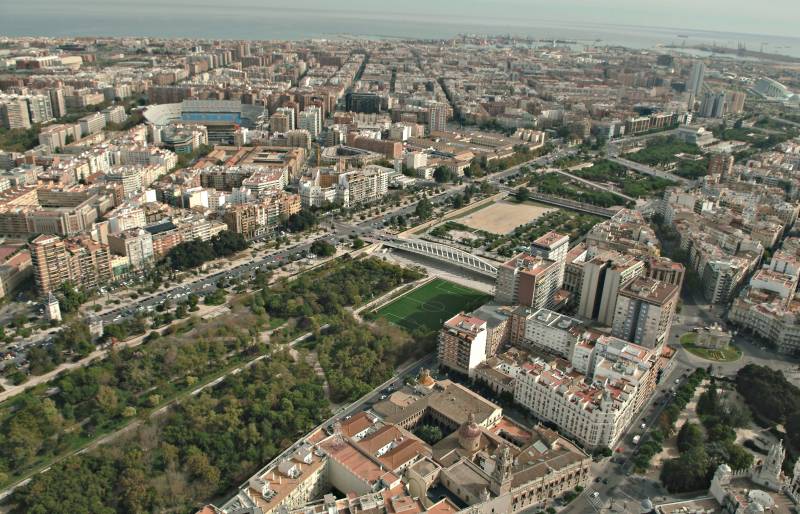
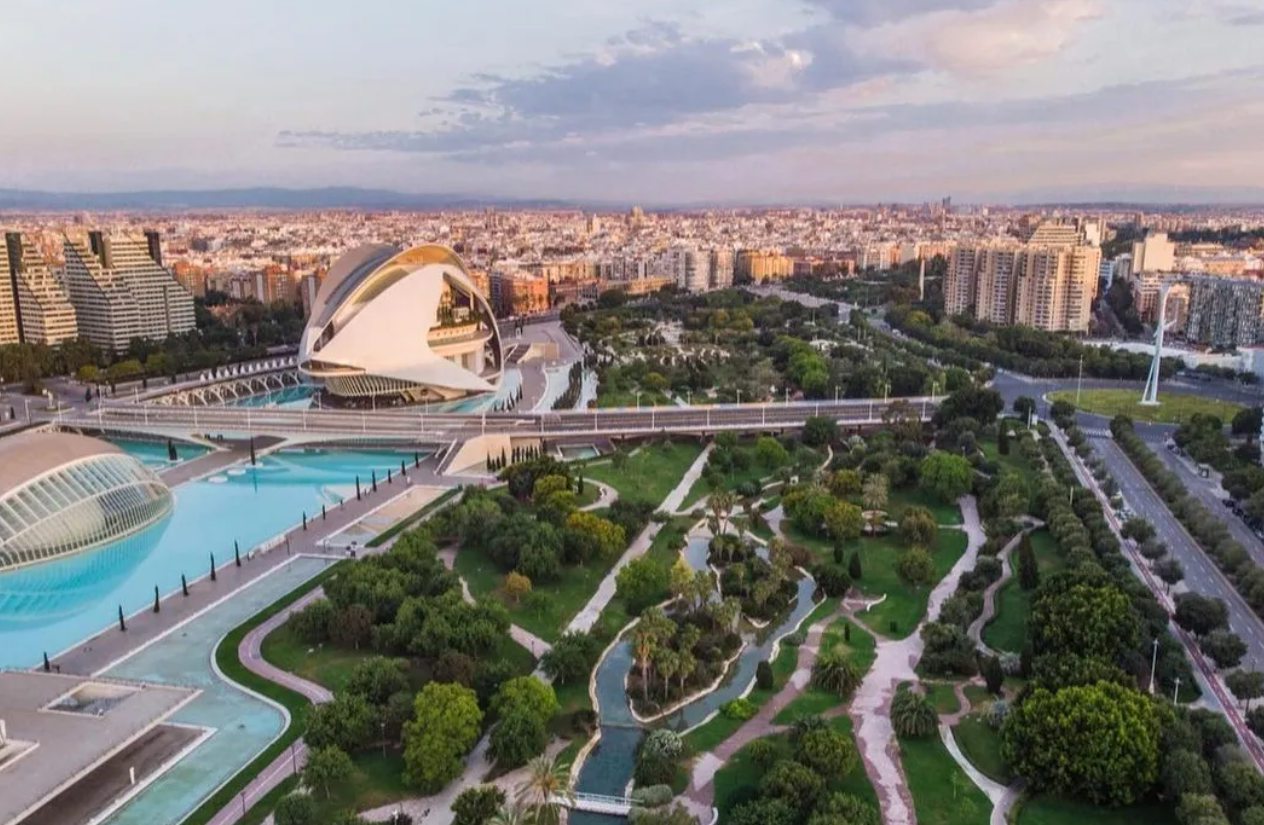
Infrastructural and Technological Revolution
In terms of infrastructure, Valencia has seen transformative changes as well. Today, Valencia boasts a well-developed transport system comprising a high-speed railway network, a state-of-the-art airport, and an efficient tram and bus service, all ensuring seamless connectivity throughout the city.
As for technological advancement, Valencia has embraced a smart city model, ensuring high-speed internet availability throughout the city, making it an extremely attractive option for digital nomads and foreign businesses looking to establish their presence in Spain.
Quality of Life
Over the years, Valencia has done an excellent job of balancing bustling city life with peaceful seaside living. The city offers a perfect blend of clean streets, safe neighbourhoods, tastefully designed architecture, and an impressive range of outdoor activities, not forgetting the city’s famous blue flag beaches.
Additionally, Valencia prides itself on its healthcare system, which is frequently ranked amongst the world’s best, giving residents access to excellent healthcare facilities and services.
Valencia's cost of living also plays a significant role. Despite the rise in popularity, living costs - such as housing, eating out, groceries, and transportation - remain significantly lower compared to other Spanish cities like Barcelona and Madrid or other major European cities.
Also noteworthy are the city's initiatives towards sustainability, including its commitment to renewable energy, waste management, and preserving biodiversity.
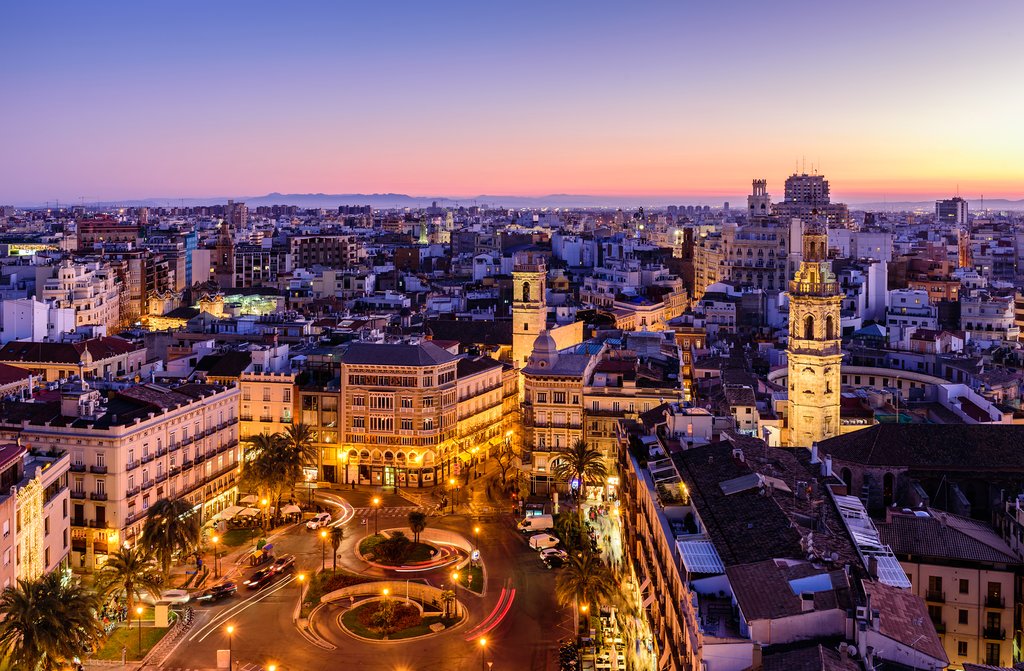
Cultural Kaleidoscope
Culturally, Valencia is just as enticing. The city is famed for its rich historical heritage, stunning architecture, and a plethora of cultural festivals, including the world-renowned "Las Fallas". A year-round calendar of exciting events, festivals, and traditions, not to mention the city's vibrant nightlife, ensures residents can immerse themselves deeply in the Valencian culture.
Besides, Valencia has a vibrant culinary scene, with Paella Valenciana as its crown jewel, offering a dazzling array of Spanish cuisine that food-lovers worldwide appreciate.
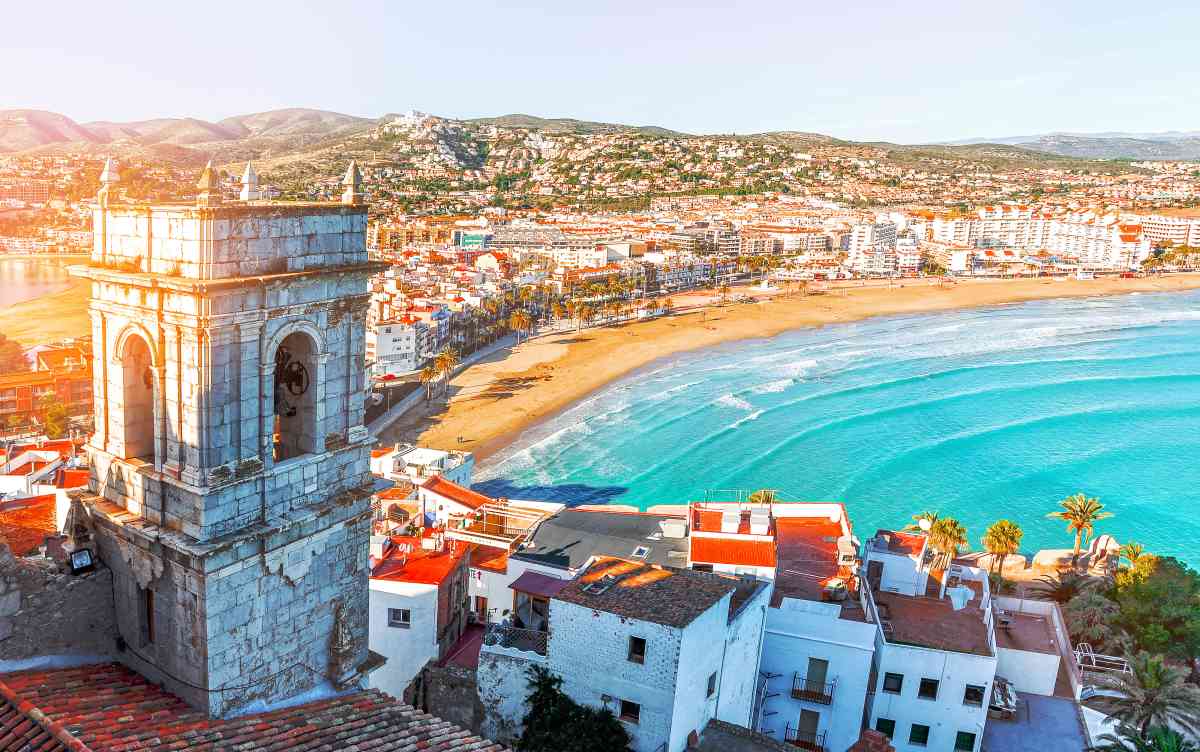
Embracing Foreigners
The city has done an excellent job of fostering an inclusive and welcoming environment for foreigners looking to transition to Spain. There's a thriving expat community, and the city is recognized for its people's warmth and friendliness. English language skills have vastly improved, making it easier for foreigners to integrate, and local authorities provide numerous resources and support to newcomers.
In conclusion, Valencia's rapid progression in the last 15 years has not only transformed it into a modern, captivating city that appeals to people from all walks of life but has also established it as one of the best places to live in Europe. Whether you’re a retiree, a digital nomad, or a family looking for a new chapter, Valencia beckons with open arms.
 2
Like
Published at 7:57 PM Comments (1)
2
Like
Published at 7:57 PM Comments (1)
Paco de Lucía - A Minstrel of the Flamenco Tradition
Friday, September 1, 2023
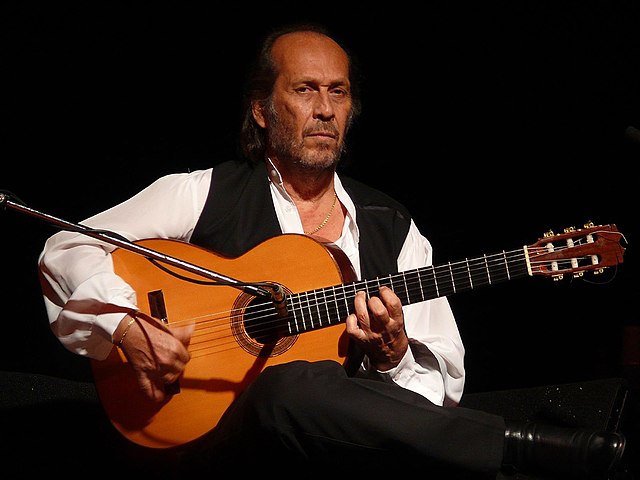
Paco de Lucía was not just one of the many souls that breathed life into music, but rather he was the soul of music itself.
A celebrated Spanish virtuoso of the flamenco guitar, Paco, throughout his life, fascinated audiences around the globe with his deft strumming and his captivating tunes, making him one of the most recognized national and international figures in the world of music.
Childhood and Introduction to Music
Francisco Gustavo Sánchez Gomez, known to the world by his stage name Paco de Lucía, was born in 1947, in Algeciras, a small town in the south of Spain. The son of flamenco guitarist Antonio Sanchez and the brother of flamenco singer Pepe de Lucía, Paco discovered a world of rhythm and melody quite early in life.
Rise to Stardom
Paco's journey to stardom was neither immediate nor easy. He began his career as a flamenco guitarist for several flamenco troupes, slowly perfecting his craft during the late 1950s and early 1960s. It was his collaboration later with flamenco singer Camarón de la Isla, that kickstarted his illustrious career, producing several successful albums through the '70s and '80s.
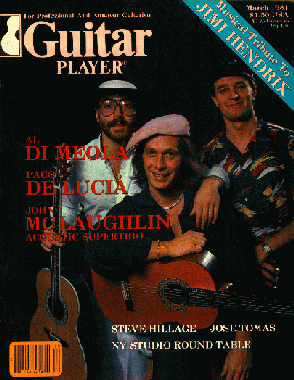
National and International Success
As Paco continued to mature in his musical journey, so did his fame. Over the years, Paco expanded his musical repertoire, creatively blending jazz, classical, and other musical genres with his rooted flamenco style, which won him immense admiration and accolades, both nationally and internationally. He became known as the pioneer of the New Flamenco style, and his staggering performances at international music festivals further introduced flamenco to a global audience.
In recognition of his contributions, Paco de Lucía was awarded the esteemed 'Prince of Asturias' award for arts in 2004 – one of the major highlights of his recognition by the Spanish nation. Internationally, he was honoured with the "Latino Grammy" award, further sealing his significant global footprint.
Best-Selling Albums
Paco's music did not just win him acclaim, it also generated a substantial commercial success. Of all of his works, his three albums — 'El Duende Flamenco de Paco de Lucía', 'Almoraima', and ‘Cositas Buenas’ — are considered his best-selling masterpieces.

'El Duende Flamenco de Paco de Lucía', released in 1972, was the manifestation of flamenco in its purest form. 'Almoraima,' on the other hand, exhibited the brilliance of Paco as a music composer - the album had eight tracks, all of which were his original compositions. Finally, 'Cositas Buenas,’ released in 2004, paid tribute to traditional flamenco, further cementing Paco’s legacy as a maestro and his commitment to his flamenco origins.
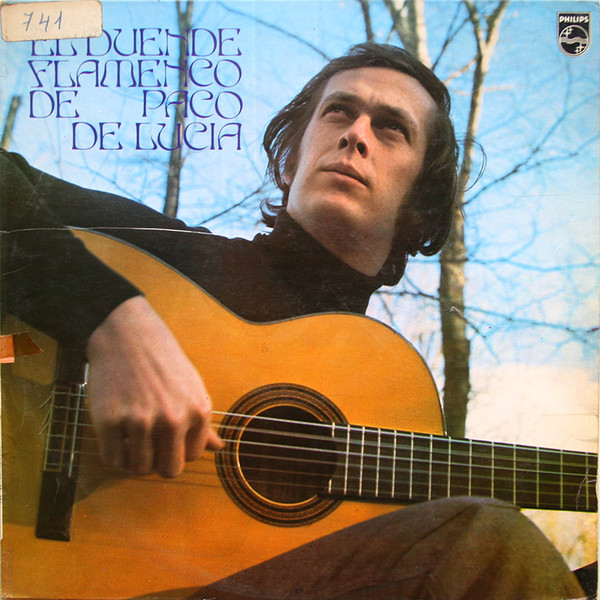 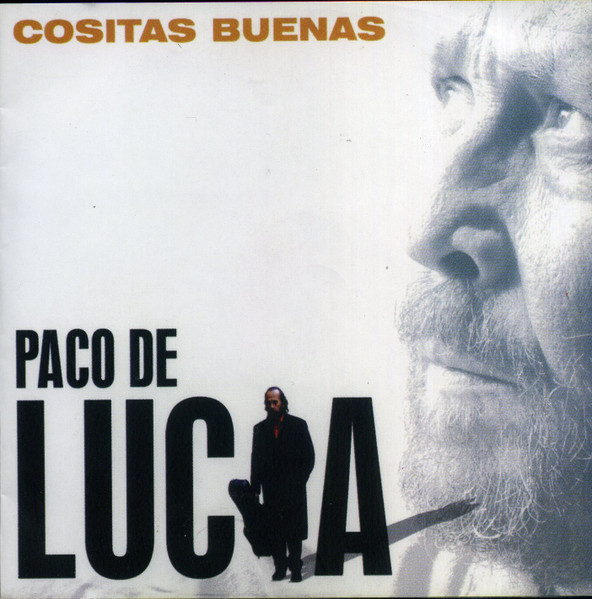
Legacy
Despite his passing in February 2014, Paco de Lucía's music continues to captivate, as rhythmic flamenco beats dance vividly behind the veil of time. Throughout his life, he shaped flamenco's future and nurtured it with his creativity and mastery, serving not just as a patron, but also as a maestro, mentor, and custodian. His remarkable journey serves as a testament to his contributions and his indelible mark on the world of music.
 3
Like
Published at 5:46 PM Comments (1)
3
Like
Published at 5:46 PM Comments (1)
Spam post or Abuse? Please let us know
|
|